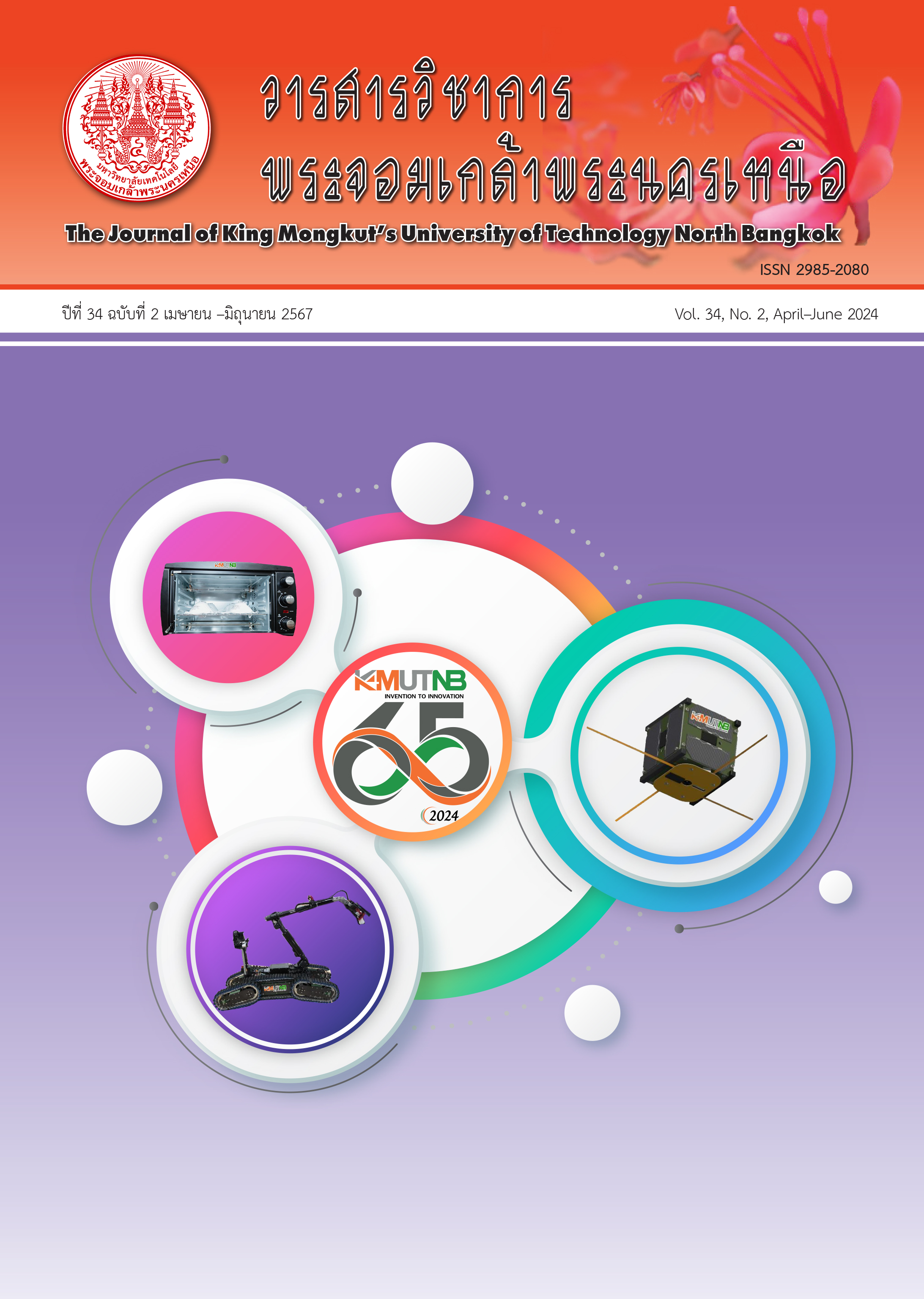Significant Factors for Prioritize the Development of Renewable Energy Power Plants in Thailand
Main Article Content
Abstract
This research aims to apply Fuzzy Analytic Hierarchy Process (FAHP), which employs the hierarchy structure as a framework for making decisions in accordance with the objective that focuses on the renewable energy prioritization. FAHP technique has been most widely used through the pairwise comparisons of expert judgments to derive the priority scales. As a result, the significant factors for developing renewable energy plants are cost, technology compatibility, public acceptance, and land use, respectively. Alternatives to renewable power plants are a combination of 3 technologies, a combination of 2 technologies: hybrid hydro and solar power plant, and single technological power plant, which is hydropower plant, respectively. According to the analysis of decision-makers, public policy agencies and public operating agencies focus more on cost and technology compatibility than public acceptance and land use while private agencies focus on cost and public acceptance rather than technology compatibility and land use. The research reveals that FAHP can be applied to the integrated sustainable energy policy on agencies' and stakeholder's discretion, or Thailand Integrated Energy Blueprint (TIEB).
Article Details

This work is licensed under a Creative Commons Attribution-NonCommercial-NoDerivatives 4.0 International License.
The articles published are the opinion of the author only. The author is responsible for any legal consequences. That may arise from that article.
References
UN General Assembly, “The Sustainable Development Goals Report,” United Nations, San Francisco, CA, 2021.
Office of the National Economic and Social Development Board, “National Strategy 2018–2037,” Secretariat Office, Bangkok, Thailand, 2018 (in Thai).
Ministry of Energy “Ministry of Energy Strategy Plan 2016–2020,” Ministry of Energy, Bangkok, Thailand, 2016 (in Thai).
Energy Policy and Planning Office, “Energy Policy and Planning Office Strategy Plan 2017– 2021,” Ministry of Energy, Bangkok, Thailand, 2017 (in Thai).
Electricity Generating Authority of Thailand, “Electricity Generating Authority of Thailand Enterprise Plan 2021 – 2030,” Ministry of Energy, Bangkok, Thailand, 2021 (in Thai).
Energy Policy and Planning Office, “Power Development Plan 2018 Rev.1,” Ministry of Energy, Bangkok, Thailand, 2020 (in Thai).
Electricity Generating Authority of Thailand, “Explore the renewable energy world,” Ministry of Energy, Bangkok, Thailand, 2020 (in Thai).
Global petrol prices, “Electricity prices,” (2022, March) [Online] Available: https://www.global petrolprices.com/.
Electricity Generating Authority of Thailand, “Average cost of electricity production in front of power plants,” Ministry of Energy, Bangkok, Thailand, 2021 (in Thai).
B. Nasae, Movement in the affected area, Bangkok: Community Development Institute, Thailand, 2018 (in Thai).
E. Løken, “Use of multicriteria decision analysis methods for energy planning problems,” Renewable and Sustainable Energy Reviews, vol. 11, no. 7, pp. 1584–1595, 2007.
T. L. Saaty, The Analytic Hierarchy Process, Pittsburgh, PA: RWS Publications, 1980.
T. L. Saaty, Models, Methods, Concepts and Applications of the Analytic Hierarchy Process, New York, NY: Springer, 2012.
S. Kubler, J. Robert, W. Derigent, A. Voisin, Y. Traon, “A state-of the-art survey & testbed of fuzzy AHP applications,” Expert Systems with Applications, vol. 65, pp. 398–422, 2016.
A. Mardani, A. Jusoh, E. K. Zavadskas “Fuzzy multiple criteria decision-making techniques and applications,” Expert System with Applications, vol. 42, no. 8, pp. 4126–4148, 2015.
B. Haddad, A. Liazid, and P. Ferreira, “A multicriteria approach to rank renewables for the Algerian electricity system,” Renewable Energy, vol. 107, pp. 462–472, 2017.
S. Ahmad, R. M. Tahar, “Selection of renewable energy sources for sustainable development of electricity generation system using analytic hierarchy process: A case of Malaysia,” Renewable Energy, vol. 63, pp. 458–466, 2014.
E. Karakaş, “Evaluation of Renewable Energy Alternatives for Turkey via Modified Fuzzy AHP,” International Journal of Energy Economics and Policy, vol. 9, no. 2, pp. 31–39, 2019.
B. Karatop, B. Taşkan, E. Adar, and C. Kubat, “Decision analysis related to the renewable energy investments in Turkey based on a Fuzzy AHP-EDAS-Fuzzy FMEA approach,” Computers & Industrial Engineering, vol. 151, 2021.
Ö. Alkan and Ö. K. Albayrak, “Ranking of renewable energy sources for regions in Turkey by fuzzy entropy based fuzzy COPRAS and fuzzy MULTIMOORA,” Renewable Energy, vol. 162, pp. 712–726, 2020.
Energy Policy and Planning Office, “Order of the Energy Policy Executive Committee,” Ministry of Energy, Bangkok, Thailand, 2014 (in Thai).
Electricity Generating Authority of Thailand, “Order appointing a working group to study the feasibility of developing alternative energy power plants,” Ministry of Energy, Bangkok, Thailand, 2021 (in Thai).
D. Y. Chang, “Applications of the extent analysis method on fuzzy AHP,” European Journal of Operational Research, vol. 95, no. 3, pp. 649–655, 1996.
J. C. Mourmouris, C.Potolias, “A multi-criteria methodology for energy planning and developing renewable energy sources at a regional level: A case study Thassos, Greece,” Energy Policy, vol. 52, pp. 522–530, 2013.
Energy Policy and Planning Office, “Thailand Integrated Energy Blueprint,” Ministry of Energy, Bangkok, Thailand, 2016 (in Thai).

